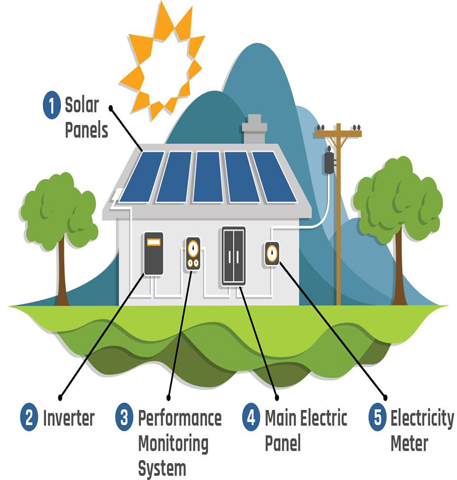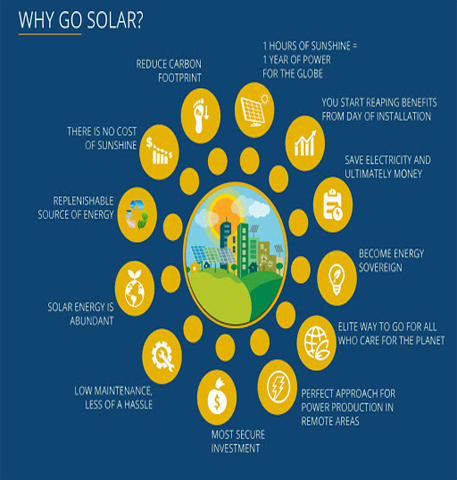

Solar panels absorb sunlight as a source of energy to generate electricity. A single solar module can produce only a limited amount of power so most modules contain multiple modules. Magnatech team always try to deliver best service in solar sector. We undertake on grid & off grid solar solution for our customer.
Commercial Solar Systems by Solar Electric Supply (SES) are custom solar panel grid-tie power systems for commercial buildings using REC, JA Solar, JIKNO, INE, Hanwha, Trina and Canadian Solar panels. Grid-tie inverters include: SMA, Fronius, ABB, SOLIS, SOLAX, HUAWEI, GOODWE AND GROW WOT.
We offer factory direct pricing with factory technical support available and can assist with the solar system design, return on investment calculation, and solar system financing. Solar system rebate application assistance is also available.
SES designs and integrates utility-scale solar systems, solar farms, solar tracking systems, municipal systems, and industrial solar systems.
Magnatech Solar Systems are provided with the, HIGH QUALITY SOLAR PANELS & INVERTERS.
Net metering is a billing mechanism that credits solar energy system owners for the electricity they add to the grid. For example, if a residential customer has a PV system on their roof, it may generate more electricity than the home uses during daylight hours. If the home is net-metered, the electricity meter will run backwards to provide a credit against what electricity is consumed at night or other periods when the home's electricity use exceeds the system's output. Customers are only billed for their "net" energy use.
If the consumption is greater than the energy generated from the solar panels, consumer will be issued a bill using the existing electricity tariff for the import. This Scheme is limited only for roof top solar power generation. Scheme limited to the installed capacity of the customer.
This involves getting paid for the amount of electricity generated using the solar panels fixed on the premises. Unlike the net metering method there is no linkage in-between the electricity consumption of the customer and the electricity generation. The customer has to pay for the electricity consumed according to the existing tariff whilst the Electricity Board will pay for the total amount of electricity the customer generates.



